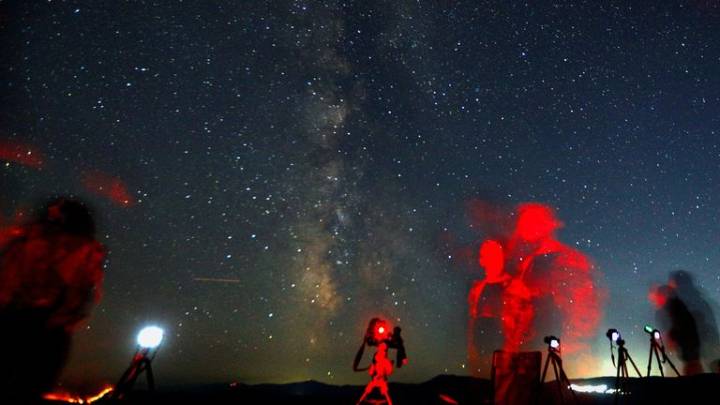The best day to see the "most popular meteor shower of the year" is just round the corner.
The Perseids shower can bring up to 100 meteors per hour at its peak - including bright streaks and fireballs - creating a spectacular site for stargazers.
Here is everything you need to know, from increasing your chances of seeing meteors to why it happens in the first place.
Image: Pic: Reuters
Why does the Perseids meteor shower happen?
The phenomenon has been recurring for centuries and is the result of Earth passing through a cloud of dust left behind the Comet Swift-Tuttle.
The meteors, which are typically no bigger than a grain of sand, burn up as they hit the Earth's atmosphere at 36 miles per second, producing bright trails of light.
Perseids - named after Perseus, the constellation

 Sky News UK
Sky News UK

 FOX News
FOX News AlterNet
AlterNet The Motley Fool
The Motley Fool America News
America News The Monroe News
The Monroe News MENZMAG
MENZMAG